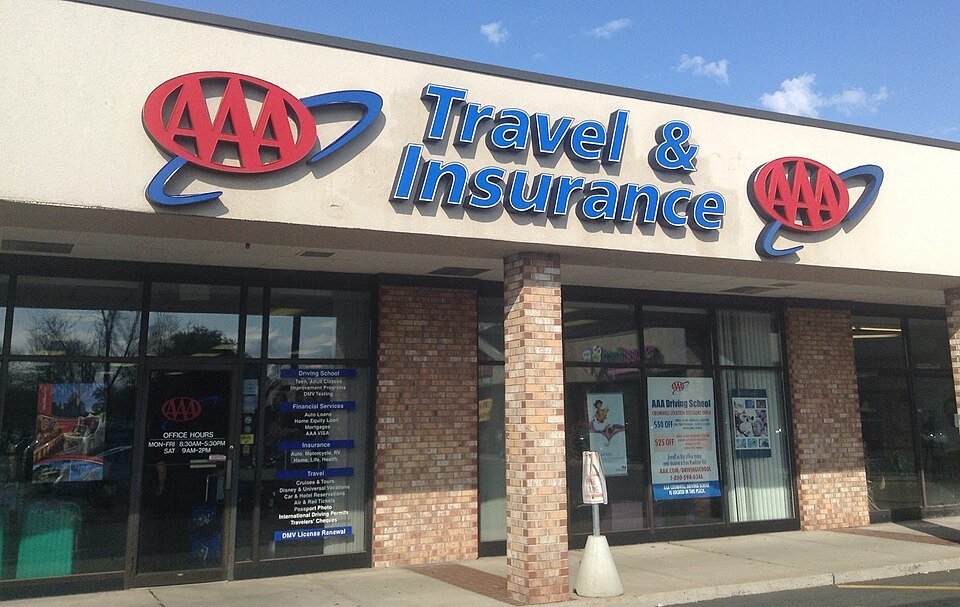That moment in rural Montana wasn’t our lowest point—that came three weeks later when we spent $200 on a motel room because we couldn’t figure out how to empty our portable toilet. But it wasn’t our highest point either. Those came daily: sunrise over the Grand Canyon, unexpected conversations with fellow travelers, and the profound freedom of carrying everything we owned in the back of our car.
If you’re approaching retirement or already there, wondering if full-time travel is possible, realistic, or even enjoyable after 50, this guide will give you the unvarnished truth. After 18 months on the road, visiting 47 states and spending roughly $48,000, we’ve learned what works, what doesn’t, and what we wish someone had told us before we sold our house.
The Numbers Don’t Lie: Real Costs of Full-Time Travel After 50
Let’s start with what everyone wants to know: the money.
Our annual travel budget breaks down like this:
- Accommodation: $18,000 (mix of camping, budget hotels, and short-term rentals)
- Transportation: $8,500 (gas, car maintenance, flights for emergencies)
- Food: $12,000 (eating out 60% of the time, cooking 40%)
- Activities/Entertainment: $4,800
- Healthcare: $3,200 (including travel insurance)
- Miscellaneous: $1,500
Total: $48,000 annually for two people
Compare this to our previous life in suburban Denver, where we spent $52,000 yearly just on mortgage, utilities, and home maintenance. The math actually worked in our favor—once we factored in no property taxes, minimal possessions, and the psychological boost of adventure over routine.
What We Got Right (And What We’d Change)
Our Biggest Success: Slow Travel
The best decision we made was ditching the “see everything” mentality. Instead of cramming 12 cities into 30 days, we spend 2-4 months in each region. This approach:
- Reduces accommodation costs (monthly rates vs. nightly)
- Allows deeper cultural connections
- Minimizes travel fatigue
- Provides time to research the next destination thoroughly
In Sedona, Arizona, we stayed three months and discovered hiking trails that even locals didn’t know about. Our host, Maria, became a genuine friend who still sends us care packages.
Our Biggest Mistake: Overpacking
We started with two large suitcases each plus camping gear. Big mistake. After shipping boxes home three times, we learned that everything you bring, you’ll carry. Our current packing list fits in two small suitcases and one backpack between us.
Essential items we couldn’t live without:
- Portable washing machine (yes, really—saves $800+ annually)
- Quality walking shoes (we each own just one pair)
- First aid kit with prescription medications
- Lightweight camping chairs (for beaches, parks, waiting areas)
- Power bank and universal chargers

Health Considerations: The Reality of Aging on the Road
Let’s address the elephant: we’re not 25-year-old backpackers. At 53 and 56 now, we face realities that younger travelers don’t.
What we learned about health insurance: Our Medicare supplement plan doesn’t cover international travel, so we purchase annual travel insurance through World Nomads ($1,200/year for both of us). For domestic travel, we research hospital locations in each new area—morbid but necessary.
Physical limitations: My husband’s knee replacement means we can’t do multi-day hiking adventures. Instead, we’ve become experts at day hikes, scenic drives, and cultural experiences. Surprisingly, this limitation led us to discover amazing museums, local theaters, and cooking classes we might have otherwise skipped.
Building Community After 50: It’s Easier Than You Think
One fear many older travelers express is loneliness. Here’s the truth: mature travelers often build deeper connections than younger ones.
We’ve found community through:
- Harvest Hosts: Staying on working farms creates instant conversation starters
- Library events: Most towns have book clubs, lectures, or classes welcoming visitors
- Volunteer opportunities: We’ve helped with beach cleanups, food banks, and trail maintenance
- Senior center activities: Many welcome temporary residents for classes and social hours
In Asheville, North Carolina, we joined a weekly hiking group through the local senior center. Three couples from that group have since visited us in other destinations.

Technology Tips for the Tech-Hesitant Traveler
Not everyone over 50 is tech-savvy, but full-time travel requires some digital literacy. Here are the essential apps and services that make our lives easier:
Must-have apps:
- GasBuddy: Saves us $300+ annually finding cheapest gas
- iOverlander: Finds free camping spots (better than expensive RV apps)
- Maps.me: Works offline when cell service is spotty
- GoodRx: Reduces prescription costs while traveling
Banking setup: We use Charles Schwab checking (no foreign transaction fees, ATM fee reimbursement worldwide) and maintain accounts at two different banks in case one card gets compromised.
The Unexpected Joys of Retirement Travel
Beyond the obvious perks of seeing new places, full-time travel after 50 brought unexpected benefits:
Improved health: We walk 4-6 miles daily exploring new places, eat more varied foods, and sleep better without work stress. My husband’s blood pressure decreased enough that his doctor reduced his medication.
Strengthened relationship: Spending 24/7 together either makes or breaks a marriage. We’ve learned to communicate better, respect each other’s need for alone time, and share decision-making more equitably.
Simplified finances: Contrary to popular belief, our financial management became easier. With fewer possessions and accounts, we spend 30 minutes monthly on budgeting versus the hours we used to spend managing a house, investments, and complex insurance policies.
When Full-Time Travel Isn’t Right
Honesty time: this lifestyle isn’t for everyone, and age can make certain challenges more difficult.
Consider staying put if:
- You have ongoing health issues requiring consistent medical care
- You’re primary caregiver for aging parents or grandchildren
- You thrive on routine and familiar surroundings
- Your budget is extremely tight (travel costs can spike unexpectedly)
- Your relationship isn’t strong enough to handle constant togetherness
Planning Your Own Adventure: Next Steps
If we’ve convinced you to try full-time travel, start small:
- Take a 3-month test trip before making permanent changes
- Downsize possessions gradually (we took two years to sell/donate everything)
- Build a 6-month emergency fund beyond your travel budget
- Research healthcare options for your planned destinations
- Connect with other mature travelers online before departing
Resources we recommend:
- Facebook groups: “Retired and Traveling” and “Budget Travel for Seniors”
- Websites: Nomadic Fanatic, Travels with Tessy
- Books: “Your RV Lifestyle” by Patti and Mike Miller
Planning Your Own Adventure: Next Steps
Eighteen months in, here’s what I know: full-time travel after 50 isn’t always comfortable, Instagram-worthy, or cheap. But it’s consistently meaningful.
We’ve watched sunset from 47 different places, learned to salsa dance in Mexico, helped harvest grapes in Oregon, and discovered that we’re more adaptable than we ever imagined. The confidence that comes from navigating new challenges regularly has improved every aspect of our lives.
The question isn’t whether you’re too old to travel full-time. The question is whether you’re ready to discover what you’re truly capable of.

